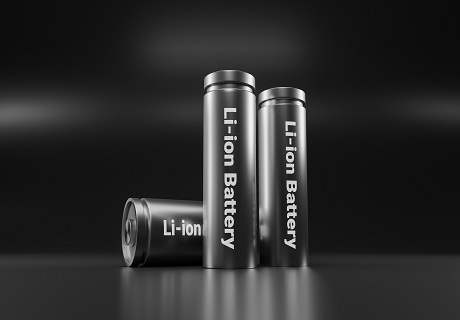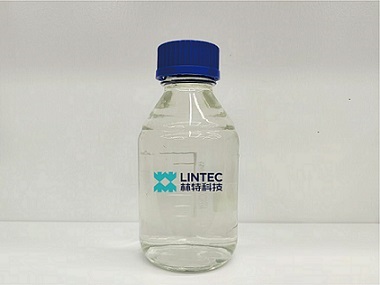Anode Binder: The Essential Glue in Your Lithium Battery
Aug 13, 2025
Lithium-ion batteries power our world. While the anode stores energy, its performance relies heavily on a critical, often overlooked component: the anode binder. Understanding what the anode is made of and why the binder is vital, especially the advantages of modern PAA, is key to better batteries.

What's Inside a Lithium Battery Anode?
The anode primarily consists of:
- Graphite: The main material storing lithium ions.
- Silicon: A promising high-capacity material, but prone to significant volume changes.
- Conductive Additives: Essential for electrical flow.
- The Anode Binder: The crucial adhesive holding everything together and attaching it firmly to the copper current collector.
Why the Anode Binder is Indispensable
The anode binder isn't just glue,it performs essential functions:
- Mechanical Strength: It binds all active particles and conductive additives into a cohesive, robust structure.
- Strong Adhesion: It securely anchors the entire electrode layer to the copper current collector, preventing dangerous delamination.
- Manufacturing Enabler: It allows the formation of a stable slurry for smooth, uniform coating during production.
- Volume Change Manager: Crucially, it absorbs and buffers the stresses caused by expansion and contraction of materials like silicon during charging and discharging.
- Electrical Integrity: It helps maintain vital electrical contact between particles throughout the battery's life cycles.

PAA Anode Binder: Outperforming Traditional SBR/CMC
For years, the standard anode binder system combined Styrene-Butadiene Rubber (SBR) and Carboxymethyl Cellulose (CMC). However, Polyacrylic Acid (PAA) anode binders are increasingly favored, especially for advanced anodes containing silicon, offering distinct advantages:
- Unmatched Adhesion: PAA forms significantly stronger chemical bonds with both the active materials (graphite, silicon) and the copper current collector compared to SBR/CMC. This drastically reduces the risk of electrode failure due to delamination.
- Superior Handling of Silicon: PAA's unique combination of mechanical strength and elasticity is far better equipped to restrain the large volume changes in silicon particles and maintain electrode integrity. SBR/CMC binders struggle significantly with silicon's demands.
- Enhanced Mechanical Properties: PAA provides excellent toughness and flexibility, allowing the electrode to withstand the repeated stresses of lithium insertion and extraction without cracking.
- Improved Stability: PAA generally demonstrates better electrochemical stability under the challenging low-voltage conditions at the anode, leading to potentially longer battery life.

The anode binder is fundamental to lithium-ion battery performance, safety, and lifespan. While traditional SBR/CMC binders work for basic graphite anodes, the push for higher energy density necessitates silicon, and here PAA anode binders shine. Their exceptional adhesion, ability to manage demanding volume changes, and robust mechanical properties make PAA the critical enabling technology for next-generation, higher-capacity lithium-ion batteries. Choosing the right anode binder is essential for powering the future.


